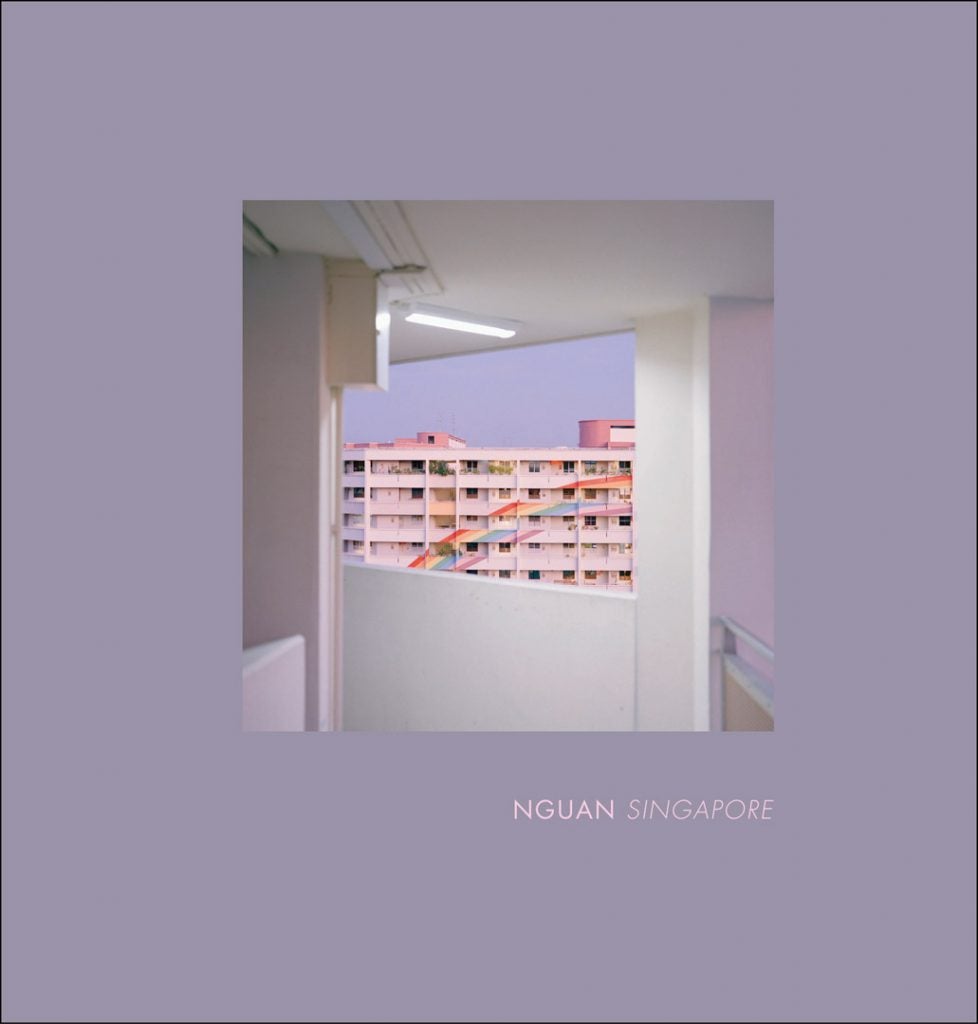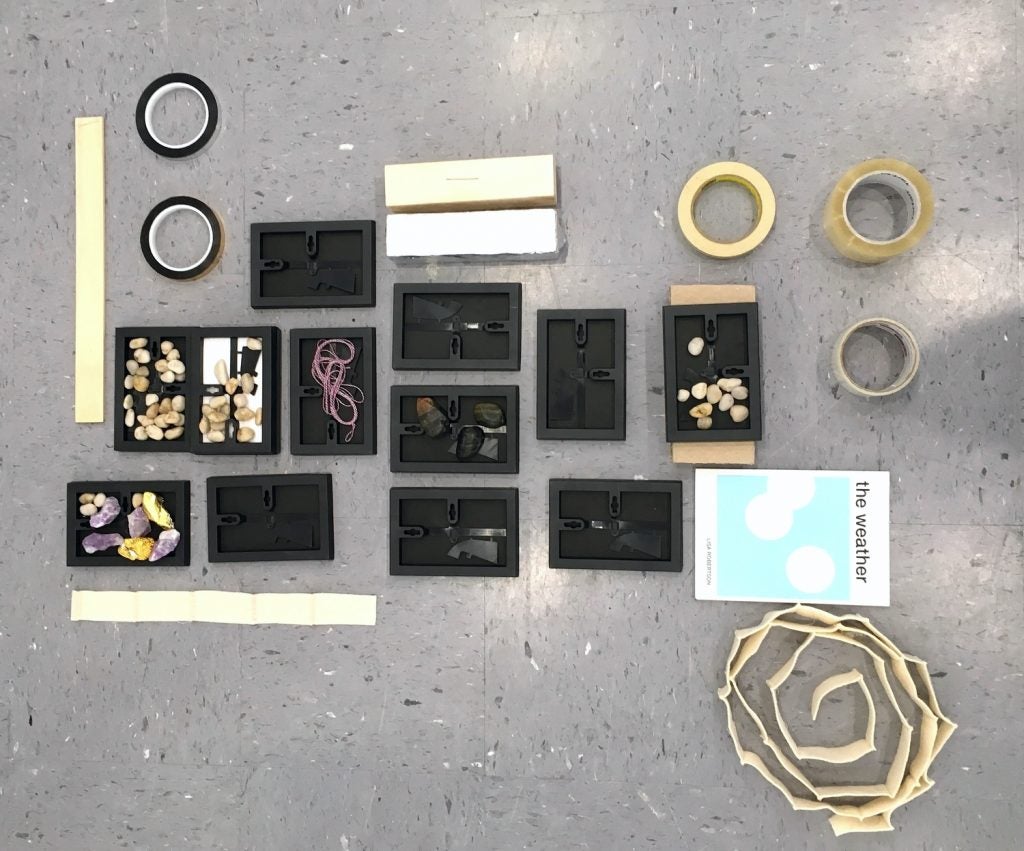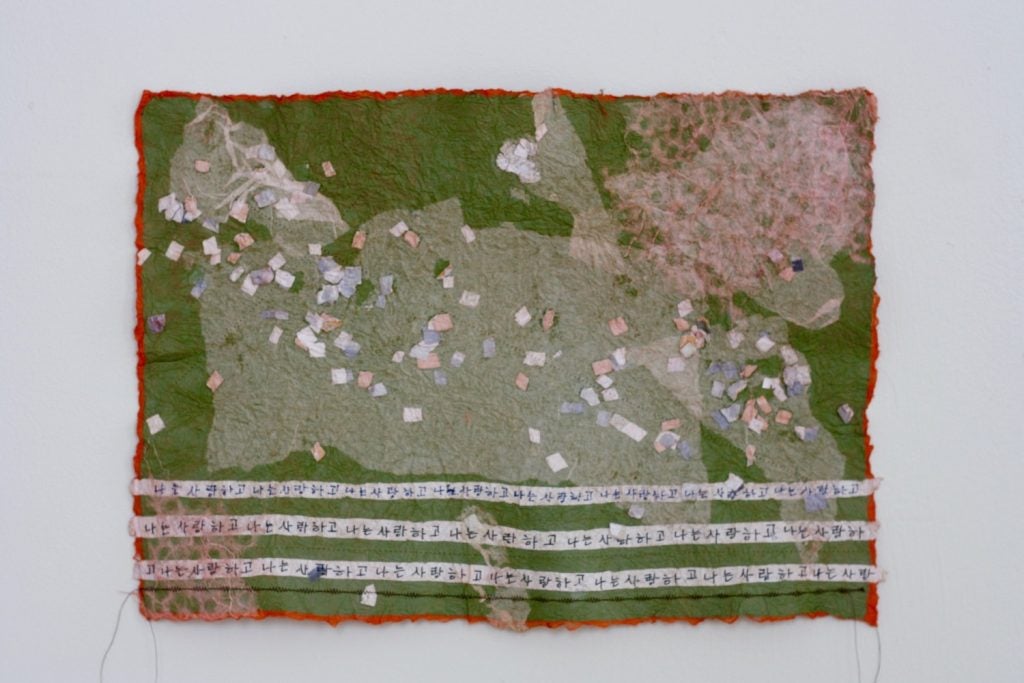All These Little Landscapes: An Interview with Roanna Wells
“I love the act of repetition. Maybe it feels like a meditation of sorts, but I’m also interested in simplifying a technique down to a single mark or color, so as to allow space for the viewer to interpret the feeling, or to let a concept emerge if that’s what is intended.”
All These Little Landscapes: An Interview with Roanna Wells Read More »
“I love the act of repetition. Maybe it feels like a meditation of sorts, but I’m also interested in simplifying a technique down to a single mark or color, so as to allow space for the viewer to interpret the feeling, or to let a concept emerge if that’s what is intended.”








